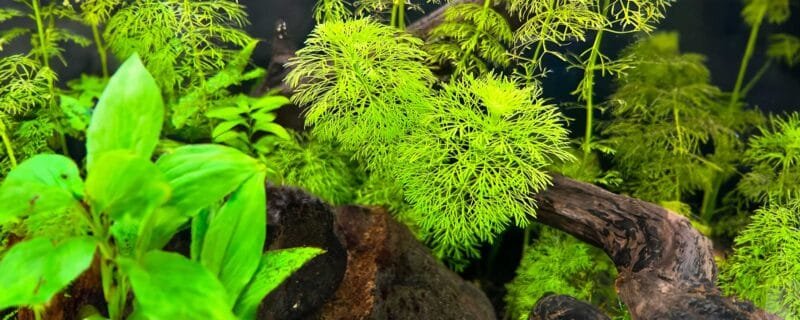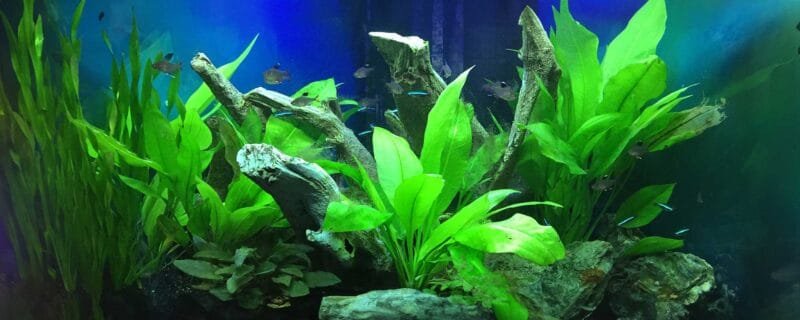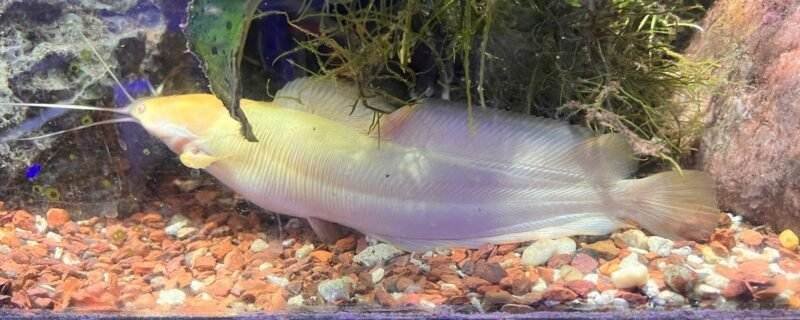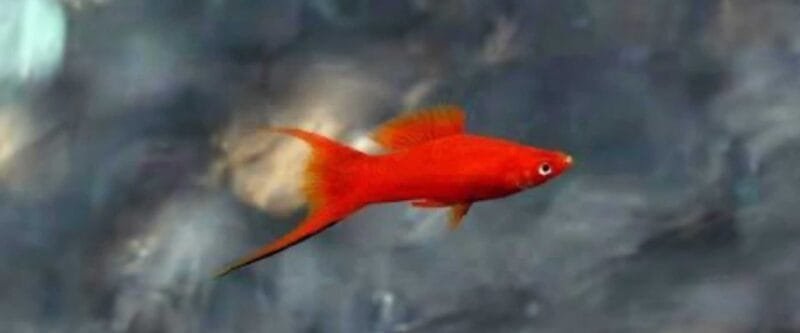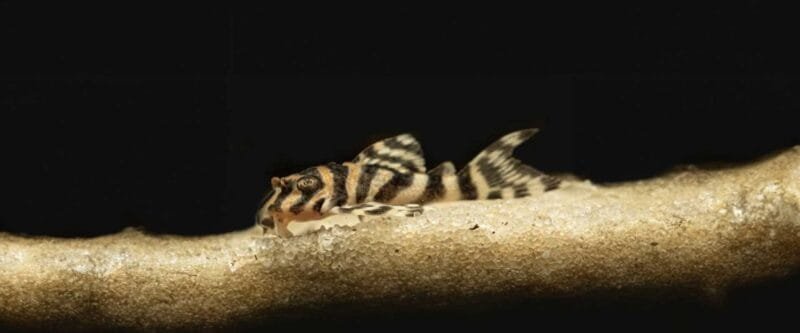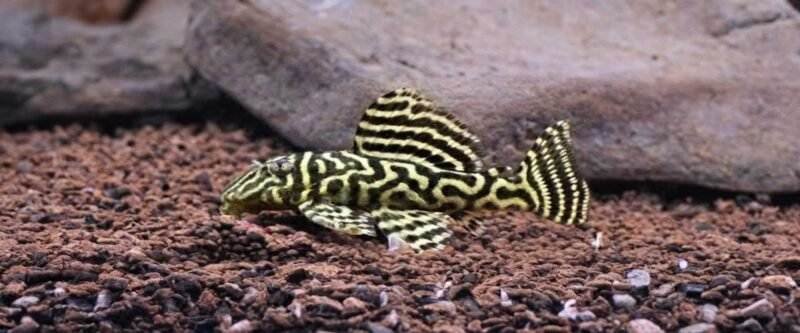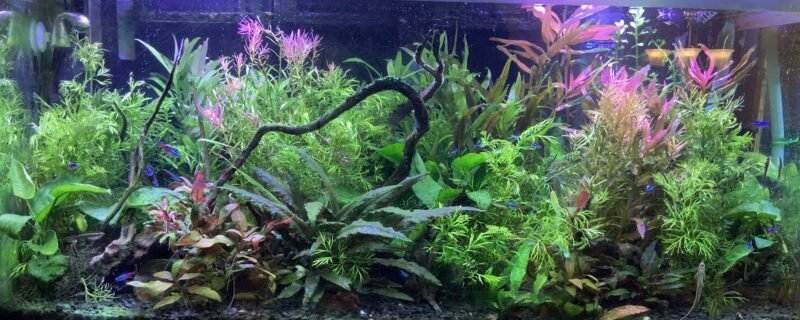Introduction
When it comes to creating a captivating aquarium environment, wood can be an extraordinary addition. Not only does it add a touch of natural beauty, but it also serves as a functional element in your aquascape. In this SEO-friendly blog post, we’ll dive deep into the world of aquarium-safe wood, discussing types, availability, compatibility with fish and plants, and proper placement.
Types of Aquarium-Safe Wood
- Driftwood – Driftwood is a popular choice for aquariums due to its natural weathered appearance. It’s commonly found along riverbanks and shores. You can often collect driftwood in your local area or purchase it from aquarium stores.
- Spider Wood – Spider wood is known for its unique, spindly branches that create an intricate and artistic look in your tank. It’s often available in pet stores and online.
- Malaysian Driftwood – This dense, dark wood is excellent for sinking in your aquarium. It’s a bit harder to find, but it’s worth the effort for its stunning aesthetics.
- Mopani Wood – Mopani wood comes from Africa and is recognized by its two-toned appearance, with one side being lighter and the other darker. It’s widely available in aquarium supply shops.
Ease of Procurement and Cutting
Aquarium-safe wood is readily available in most pet stores specializing in aquatic supplies. You can also find a wide selection online. While you can collect driftwood from natural sources, ensure it’s properly prepared and free from contaminants.
As for cutting, most types of wood can be trimmed or shaped to fit your aquascape using common woodworking tools. Just be sure to remove any bark and sand the edges to prevent injury to your aquatic inhabitants.
Leaching and Water Quality
One common concern with introducing wood into an aquarium is the potential for leaching harmful substances. However, properly prepared and cured aquarium wood usually poses no significant risk. To be safe, soak the wood for a few weeks, changing the water regularly until it no longer discolors the water.
Fish that Love Wood
Several fish species adore wood in their habitats:
- Plecos – These algae-eating catfish enjoy gnawing on wood, which helps maintain their dental health.
- Apistogramma – These small South American cichlids often use crevices in wood for breeding.
- Corydoras – Bottom-dwelling Corydoras catfish feel secure among driftwood.
Wood-Loving Plants
Aquatic plants like Java ferns, Anubias, and Bucephalandra thrive when attached to wood. They attach their roots and grow beautifully, enhancing the visual appeal of your aquarium.
Placement and Buoyancy
Most wood types will initially float in water. To anchor them, attach aquarium-safe stones to the wood or secure them using aquarium-safe silicone. Place the wood in a way that creates hiding spots, caves, or overhangs for your fish, enhancing their comfort.
Conclusion
Incorporating aquarium-safe wood into your aquascape can elevate the aesthetics of your tank while offering practical benefits for your fish and plants. Whether you choose driftwood, spider wood, or another variety, always prioritize the well-being of your aquatic friends by properly preparing and placing the wood. With a little creativity, you can transform your aquarium into a stunning underwater world that both you and your fish will love.
Picture Credit: Colin O’Neal


